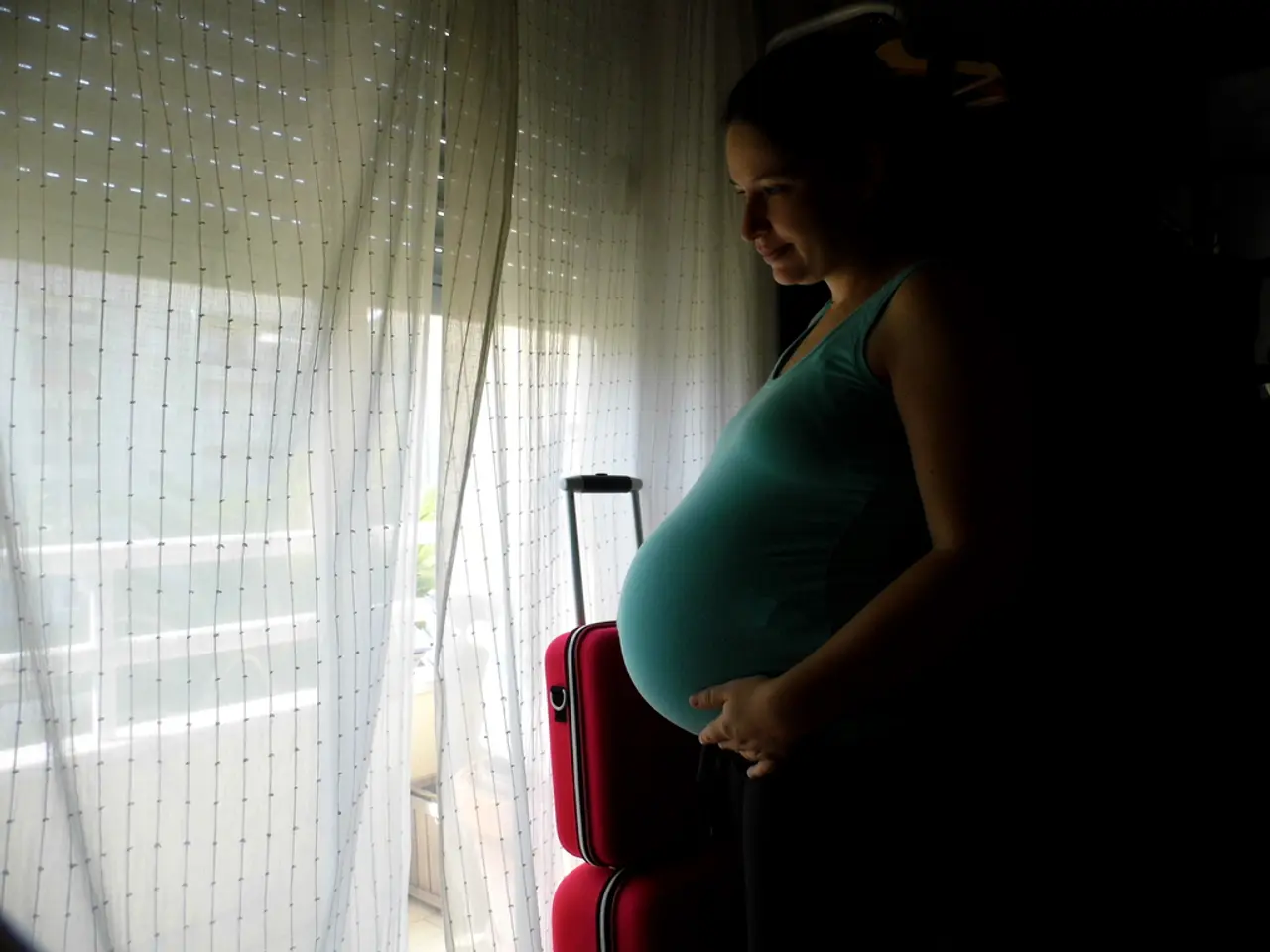Medical supplies intended for maternal health care in the United States destroyed following government orders to set them on fire.
In recent developments, a significant issue concerning the health sector has come to light. The freeze on U.S. medical aid in 2025 has had a profound negative impact on maternal and child health, not only in Kenya but globally as well.
In Kenya, the U.S. funding freeze created a financing gap of over Ksh78 billion, affecting critical health programs, including those for HIV treatment, malaria prevention, and maternal and child health. Approximately 31% of Kenya’s health program financing—about Ksh24.9 billion—depends on U.S. support for essential commodities. As a result, 41,547 health workers supported by PEPFAR suffered funding losses, directly impacting the availability and quality of maternal healthcare services, with the potential to reverse decades of gains in HIV and other health areas that affect mothers and children[1].
The global impact of this funding freeze is equally profound. The U.S. was the largest single donor for global health, providing roughly 42% of donor government assistance. Its aid supports maternal health programs alongside emergency responses for diseases such as HIV/AIDS, malaria, and tuberculosis. The abrupt cuts have led to the closure of health clinics, disruption of newborn and maternal care, and cancellation of outreach services—including those addressing sexual violence and infectious diseases—which disproportionately affect vulnerable women and children. Reports indicate that millions face reduced access to life-saving maternal and child health services, and modeling studies predict millions of excess deaths globally by 2030 due to these abrupt cuts[2][4][5].
Historic context reinforces these consequences. Previous U.S. policy actions such as the expanded “global gag rule” limited funding to clinics providing reproductive health services, resulting in clinic closures and reduced maternal health care access in Africa[3]. The 2025 freeze similarly halted programs like PEPFAR, malaria trials, and WHO contributions, aggravating already fragile health systems burdened by concurrent crises like COVID-19 aftermath, conflicts, and climate shocks that exacerbate risks for mothers and children[5].
Elsewhere in the news, six people were killed in an early accident on the Namanga road. The IEBC has announced dates for all by-elections, and a total of 26 families are mourning multiple kin lost in a Kisumu accident. In other business-related news, businesswoman Mary Wambui has been involved in a flurry of leadership changes in parastatals.
References:
[1] Global Health Council. (2019). The U.S. Global AIDS Response: Achievements and Challenges. Retrieved from https://www.globalhealth.org/resource/the-us-global-aids-response-achievements-and-challenges/
[2] KFF. (2019). Trump Administration's Proposed Global Health Cuts: Implications for the U.S. and the World. Retrieved from https://www.kff.org/global-health-policy/report/trump-administrations-proposed-global-health-cuts-implications-for-the-us-and-the-world/
[3] Guttmacher Institute. (2017). The Impact of the Global Gag Rule on Sexual and Reproductive Health Services in Sub-Saharan Africa. Retrieved from https://www.guttmacher.org/report/impact-global-gag-rule-sexual-and-reproductive-health-services-sub-saharan-africa
[4] World Bank. (2019). The Impact of the U.S. Global Gag Rule on Maternal and Child Health. Retrieved from https://www.worldbank.org/en/topic/health/brief/impact-of-the-us-global-gag-rule-on-maternal-and-child-health
[5] UNAIDS. (2019). The Impact of the U.S. Global Gag Rule on HIV Services and the HIV Response. Retrieved from https://www.unaids.org/sites/default/files/media_asset/impact-of-the-us-global-gag-rule-on-hiv-services-and-the-hiv-response_en.pdf
- The impact of the funding freeze on U.S. medical aid in 2025 has stretched beyond Kenya, affecting global health, particularly maternal health programs, as the U.S. was the largest single donor for global health, providing nearly half of donor government assistance.
- In addition to its effects on politics, business, and the economy, the freeze on funding has had substantial implications for health and wellness, with modeling studies predicting millions of excess deaths globally by 2030 due to these abrupt cuts.
- The consequences of these funding cuts in the health sector, such as the closure of health clinics and disruption of newborn and maternal care, have disproportionately impacted vulnerable women and children, making medical-conditions like HIV/AIDS, malaria, and tuberculosis more prevalent and difficult to manage in these communities.




